The NOAA shut down cod fishing from Provincetown, Mass. to the Canadian border, in an effort to reverse plummeting numbers of the iconic fish in the Gulf of Maine. Jeffery Bolster argues humans have depredated the Atlantic’s fish stocks for centuries, and the focus on short-term fixes only compounds the problem.
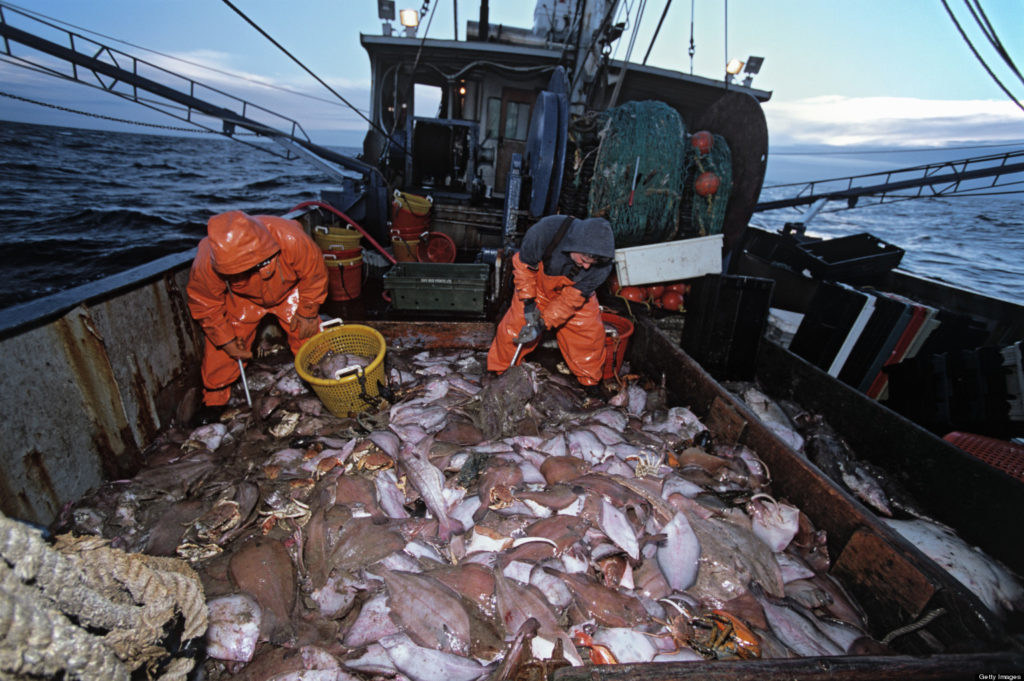

Where Have All the Cod Gone?
By Jeffery Bolster, Published in the New York Times
PORTSMOUTH, N.H. — In November, regulators from the National Oceanographic and Atmospheric Administration shut down recreational and commercial cod fishing in the Gulf of Maine, that enchanting arm of the coastal sea stretching east-northeast from Cape Cod. They did not have much choice: Federal law requires action to rebuild fish stocks when they are depleted, and recent surveys revealed cod populations to be at record lows, despite decades of regulations intended to restore them.
It’s easy to imagine this recent drop in the cod population as a new phenomenon — a result, perhaps, of global warming, or some combination of climate change and overfishing by giant steel ships armed with electronic fish-finders and precise GPS navigation systems. And it’s just as easy to imagine that, after a season or two of belt-tightening, fish populations will rebound — it is, after all, a strategy that state and federal regulators have pursued for decades.
In fact, humans have been affecting the Atlantic’s fish stocks for centuries, beginning with technology so simple that people today would not even consider it “technology.” Forgetting that history, we opt for short-term fixes, which only compound the problem.
The fishery resources of the western Atlantic once seemed virtually limitless, with fish supposedly as numerous as grains of sand in the Sahara. And yet the current emergency effort to restore cod populations is simply the latest chapter in a 150-year saga in which fishermen, scientists, industrialists and politicians have consistently confronted emptier nets and fewer fish.
As early as the 1850s, fishermen from Maine and Massachusetts began to pester their governments to do something about declining cod catches. Those men fished with hooks and lines from small wooden sailboats and rowboats. Fearing “the material injury of the codfishing interests of this state” by increased fishing for menhaden, a critical forage fish for cod, fishermen from Gouldsboro, Me., implored the Legislature in 1857 to limit menhaden hauls.
Humans have been affecting the Atlantic’s fish stocks for centuries, beginning with technology so simple that people today would not even consider it “technology.” Forgetting that history, we opt for short-term fixes, which only compound the problem. — Jeffery Bolster
STORY: Ocean Acidification Threatens Alaskan Crab Fishery
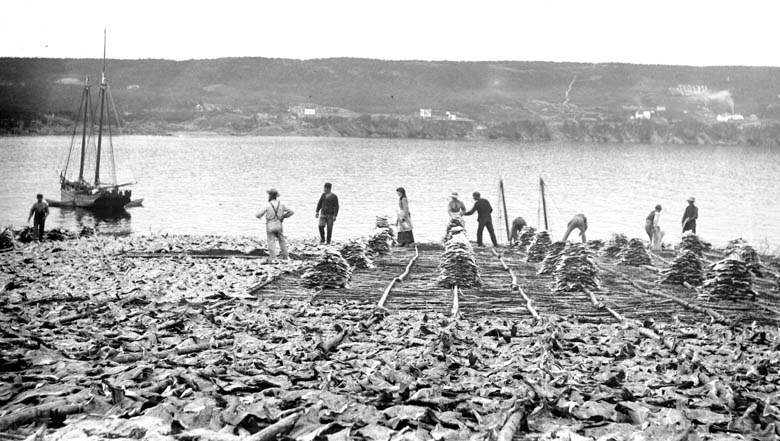

Yet annual cod landings in the Gulf of Maine continued to slide, from about 70,000 metric tons in 1861 to about 54,000 metric tons in 1880, to about 20,000 tons in the 1920s, to just a few thousand metric tons in recent years. There have been a few upticks along the way, such as one bumper year in the mid-1980s when the cod catch reached 25,000 tons (due, in part, to an unnecessarily large expansion of the fishing fleet), but for the most part the trend has been noticeably downward since the era of the Civil War. There have been plenty of warnings along the way. Maine’s fishery commissioner, Edwin W. Gould, spoke out plainly in 1892. “It is the same old story,” he said. “The buffalo is gone; the whale is disappearing; the seal fishery is threatened with destruction.” For Mr. Gould, the path forward was clear: “Fish need protection.”
In July 1914, after more than 40 years of reports on declining fishery resources by the United States Fish Commission and state fish commissions, The New York Times ran an article forecasting disaster. “Extermination Threatens American Sea Fishes — Cost to Consumer Has Risen between 10 and 600 Per Cent Because of Decrease in Supply.”
But that was right before a technological revolution in the fisheries. Sails and oars and hooks and lines were about to be replaced by steam and diesel engines, and massive nets dragged along the bottom that snared every fish in their path. Decades of well-founded concerns about depletion were overwhelmed by an avalanche of cheap fish. The new generation of draggers could fish faster, harder and deeper for the few fish that remained. Fishermen breathed a sigh of relief.
Michael Ruccio, an analyst with NOAA, says cod are at 3 to 4 percent of levels necessary for the population to be sustained. “For cod to make a meaningful recovery, it’s important to begin to protect their spawning activities, as well as where they aggregate and are found in large concentrations,” Ruccio says.
Twentieth-century cod populations, ravaged by draggers’ efficiency, declined further. In 1954 a fisheries economist from Boston charged fishing interests with continuing “to exploit recklessly the limited self-renewing stocks of these species.” That was just before the first factory-equipped freezer-trawler arrived at the prime fishing waters around the Grand Banks off Newfoundland from Europe. The size of an ocean liner, it could scoop up everything in its wake. Those ships made the steam-powered draggers from 1914 look positively quaint. And they caught lots of fish.
Overfishing has been the norm for a very long time, but the market has masked the mess in two fundamental ways. At every step fishermen confronting declining catches developed gear that fished more intensively, taking a larger percentage of the fewer fish that remained. Such a strategy was clearly not sustainable. Meanwhile, fishermen continued to earn enough to make fishing worthwhile, even if many encouraged their sons to pursue other careers because there would be little future in fishing. The Gulf of Maine cod stocks today are probably only a fraction of 1 percent of what they were during George Washington’s presidency.
STORY: Sylvia Earle: Ocean Ecosystem Sustainability By 2050
httpvh://youtu.be/xWfqZggtM_w
Overfishing, the crash of the Northern Cod Population example (from The End of the Line)
If there is any lesson in this story of large-scale, long-term environmental degradation, it is not that fishermen were (or are) to blame, or that scientists were (or are) to blame, or that politicians were (or are) to blame. The system was (and is) to blame. Our system of exploiting nature’s resources, with its checks and balances, its desire for prosperity and security, its willingness to honor a multiplicity of voices, and its changing sense of “normal” is insufficiently nimble to stop the desecration of commonly held resources on which the long-term good of everyone depends.
The recent ban on cod fishing in the Gulf of Maine was an important step toward restoration, though clearly marine systems are very complex and subject to many variables. Considering that ban in light of history, however, is crucial. Historical perspectives provide a vital sense of scale for the sobering restoration challenges we face.
The fisheries story, however, also provides a heading into the future, revealing as it does the tragic consequences of decision makers’ unwillingness to steer a precautionary course in the face of environmental uncertainties. At every step of the way, decisions could have been made to exploit fish stocks more sustainably. That’s a tale worth pondering.
W. Jeffrey Bolster is a professor of history at the University of New Hampshire and the author of “The Mortal Sea: Fishing the Atlantic in the Age of Sail.”
Updated 16 March 2019

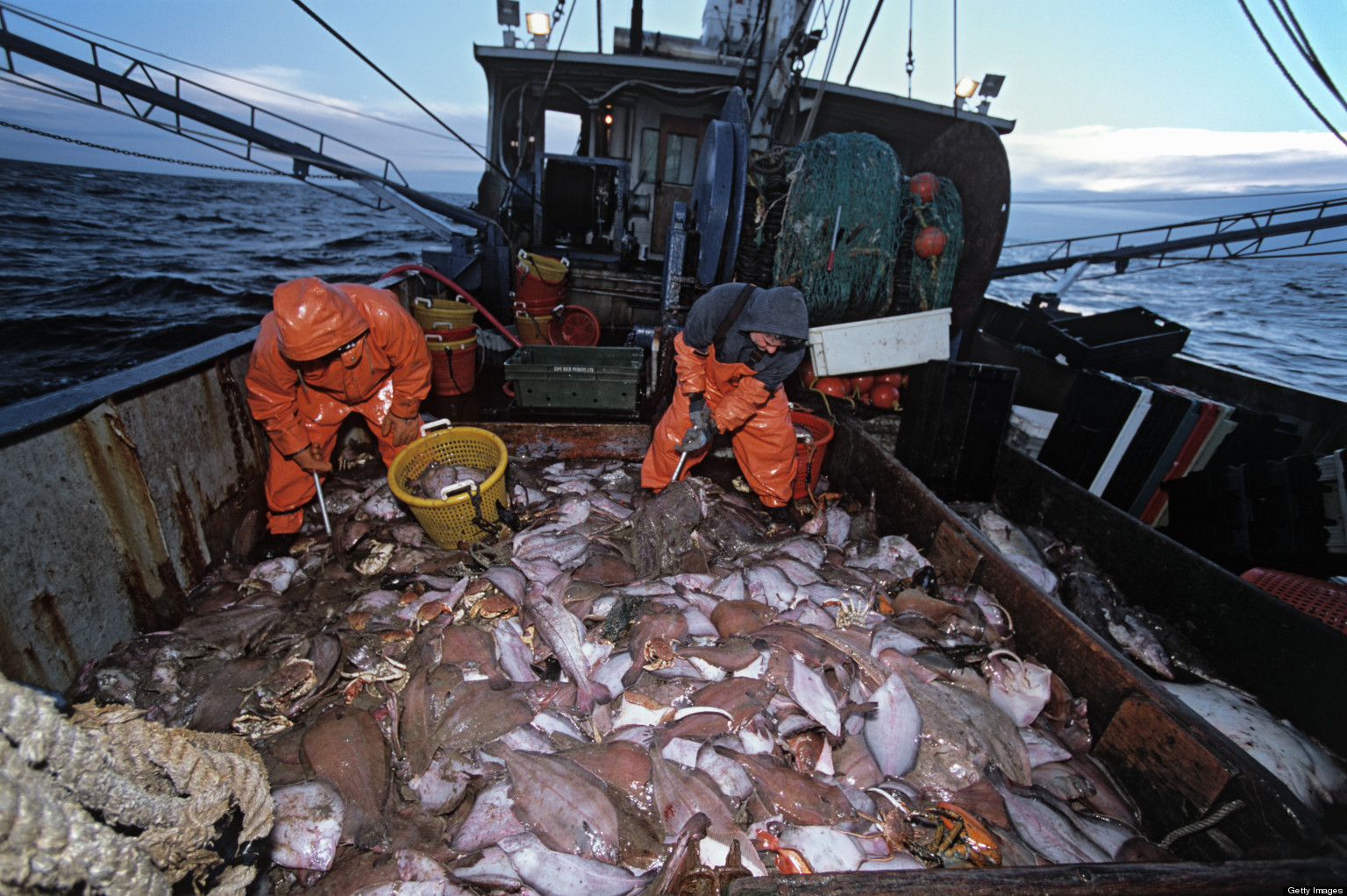



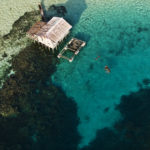
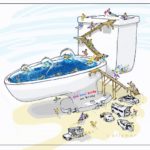







Chris Pine: The tragedy of the commons… first invoked in 1833, and still widely cited, if not fully understood. As long as we continue to posit it as economic problem and not an existential problem, we will continue to put forth inadequate private and public programs.
http://en.wikipedia.org/wiki/Tragedy_of_the_commons
So true, Chris…
Ian Wood: Factory ships. Marine life goes in one end, canned marine protein comes out the other. Small boats like the one in the post photo, those are nothing. Industrial sea harvesting…it’s frighteningly efficient.
We’re almost literally mowing through it. Everyone who’s reading this comment will live to see a time when tuna fish – tuna fish, that supermarket staple currently priced at about $8 a pound – is a rare and decadent delicacy, available only to the wealthy.
Already, FDA-approved marketing has turned “Patagonian toothfish” into “Chilean seabass.” Why? Because traditional cod populations have been devastated. In the 18th century you could fish for sustenance and profit simply by wading from the shores of Boston harbor and Herring Cove in Provincetown with nets. You have to go 18 miles out, now.
The tragic part is that human populations are, in fact, sustainable. We throw away enough calories in a year to feed the world. It’s politics, and human power games, that starve us.
If we’re smart enough, we’ll fix this. If we’re generous enough, we’ll feed each other.
If we aren’t…we’ll die.
This article is remarkable in what it omits. The Government of Canada declared a moratorium on the Newfoundland Cod Fisheries in 1992. In the 23 years since then, the cod biomass has recovered to about 15% of its 1980s level, and is expected to increase by about 18% per year, until a new equilibrium is achieved. Surely if Mr. Bolster wants to make a point, he should be referring to and concluding from these events, rather than just coming to his complete non-conclusion.
Farrokh, First thing, Mr. Bolster writes on the short-term regulations instituted by the US, not the Canadian moratorium.
Second, your logic does not compute. In 23 yrs of a fishing moratorium, cod biomass increased to 15% of its former level. At this rate, every year it will clearly not be increasing 18 percent per year.
The slow recovery of the cod stock is due to inadequate food supplies and a poor genetic stock due to the overfishing of larger cod. And even though bottom-feeding and prey species have increased somewhat, the cod population remains unhealthy.
Pingback: Air Force One and this Handmade Boat: President Obama Visits Cuba and Cuba Visits Us - Jarid Manos / American writer & activist